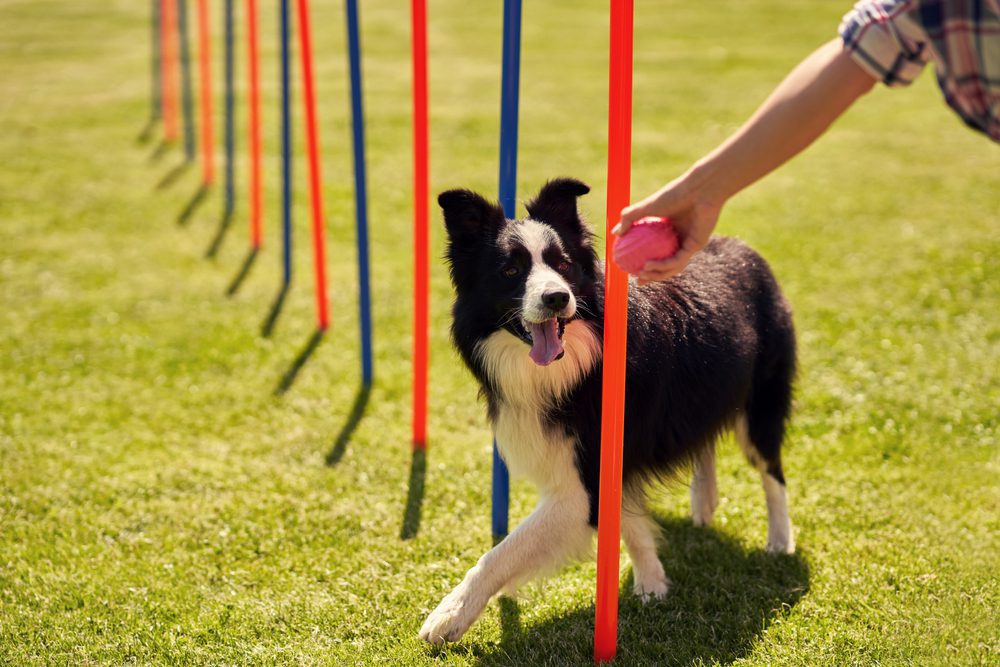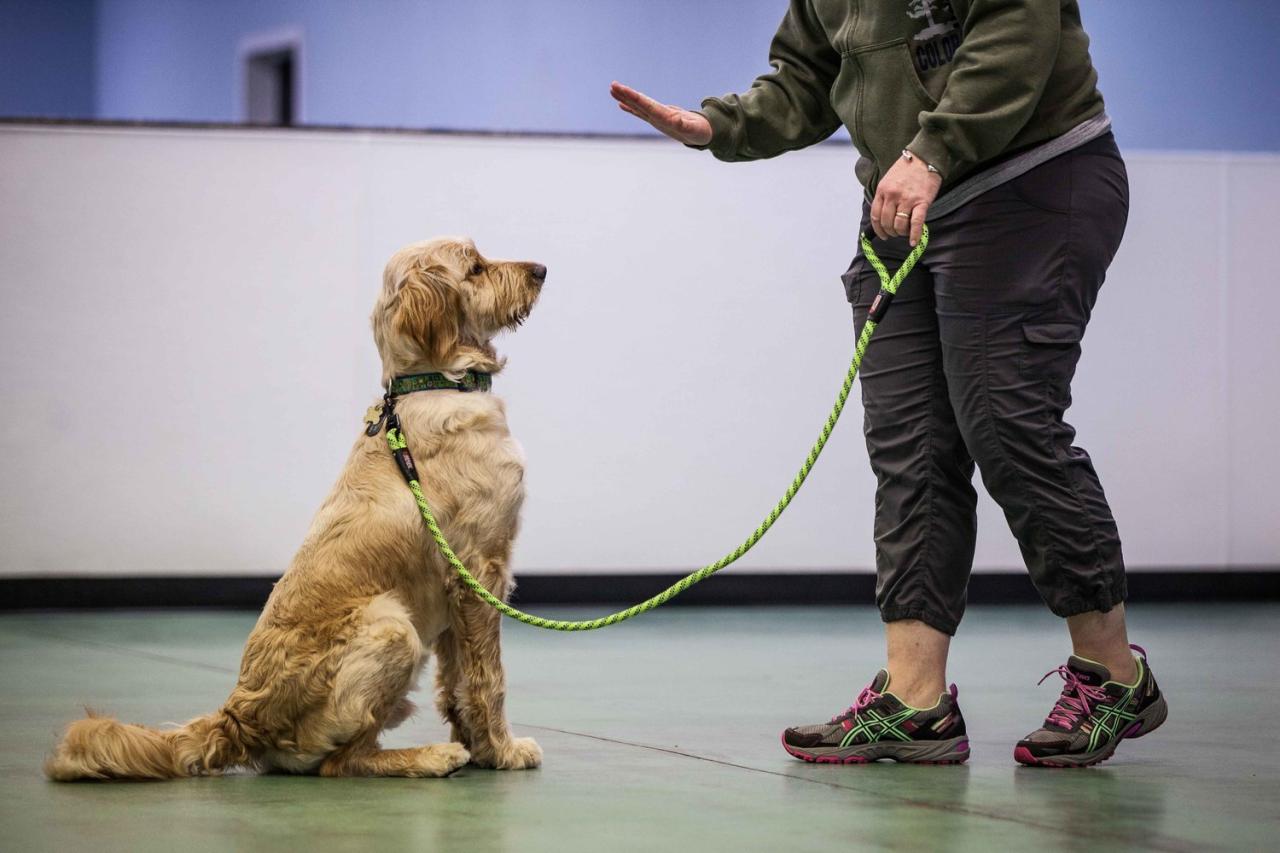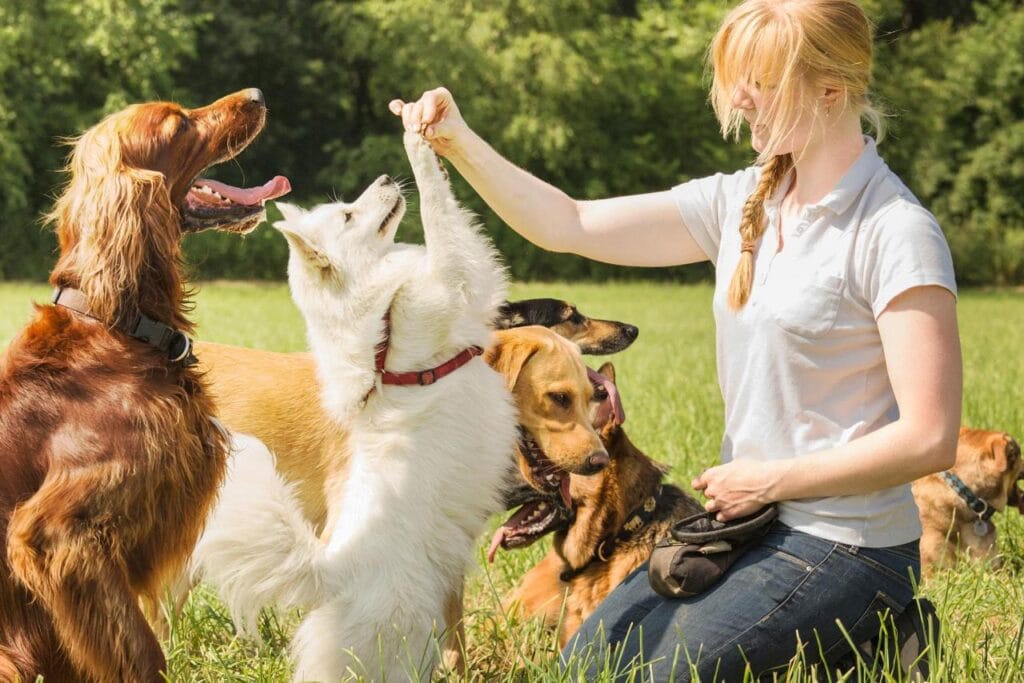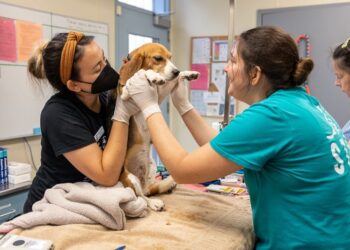Training is the universal language of love and security for every pet.
The Philosophy of Positive Reinforcement

Effective training hinges entirely upon kindness and consistency, never punishment.
A. Understanding the Core Principle
- A. Rewards Drive Behavior: Pets, like all animals, repeat actions that lead to favorable outcomes, which is the foundation of positive reinforcement.
- B. Reinforce the Good: You should only reward the desired behavior, not the unwanted one.
- C. Ignore the Bad: Undesirable actions, provided they aren’t dangerous, should often be ignored or redirected, never physically punished.
- D. Consistency is Key: Every family member must use the exact same command words and reward system.
- E. Timing is Everything: The reward—the clicker, the praise, or the treat—must be delivered within three seconds of the pet completing the desired action so they understand what they are being rewarded for.
B. Choosing the Right Motivator
The value of the reward directly impacts your pet’s motivation to learn, especially in distracting environments.
- A. High-Value Treats: Use irresistible, soft, smelly treats like small pieces of cheese, boiled chicken, or hot dogs for teaching new, difficult commands.
- B. Low-Value Treats: Reserve less exciting treats, like dry kibble or small biscuits, for rewarding known behaviors in a quiet environment.
- C. Praise and Affection: Enthusiastic verbal praise (“Good Dog!”) and gentle petting are excellent secondary rewards that build confidence.
- D. Toy Rewards: For pets motivated by play, a brief game of tug-of-war or fetch can be a powerful reward after a successful command.
- E. Short, Fun Sessions: Keep training sessions brief, typically 5-10 minutes, to prevent boredom and maximize focus, always ending on a successful note.
Essential Commands for Canine Citizens
Every dog, regardless of breed or age, benefits greatly from mastering a core set of commands that enhance safety, control, and communication.
A. Name Recognition and “Watch Me”
These are the most fundamental building blocks, teaching your dog to focus their attention on you, regardless of distractions.
- A. Name Recognition: Say your dog’s name clearly, and the second they look at you, immediately reward them.
- B. Build a Positive Association: Repeat this exercise frequently in different locations until their name automatically means “pay attention to me, something good is coming.”
- C. “Watch Me”: Hold a high-value treat near your nose or eye level, say the command “Watch Me,” and reward them the moment they make eye contact.
- D. Focus is the Goal: This command is invaluable for regaining your dog’s focus when faced with strong distractions like other dogs or squirrels.
B. “Sit” and “Down”
These are the easiest commands to teach and are essential for controlling impulse and encouraging calm behavior in busy situations.
- A. “Sit” (Luring): Hold a treat at your dog’s nose level and slowly move your hand over their head, encouraging their rear end to drop to the floor naturally.
- B. Mark the Moment: The moment their rear touches the ground, say “Sit,” deliver the treat, and offer praise.
- C. “Down” (Shaping): After a successful “Sit,” lure the treat from their nose down to the floor between their paws, encouraging them to lie down.
- D. Repeat and Refine: Reward immediately when they lie down, saying “Down,” and gradually fade the use of the treat lure as they master the verbal cue.
C. “Come” (Recall)
This command is arguably the most vital for your dog’s safety, serving as a lifesaver if they slip their leash or run toward danger.
- A. Start Small: Practice in a quiet, enclosed space like your living room or a fenced yard with zero distractions.
- B. The Game: Say your dog’s name, then “Come,” and take a few excited steps backward, making yourself sound fun and rewarding.
- C. Massive Reward: When they reach you, give them the biggest reward possible—a jackpot of treats, ecstatic praise, or a favorite toy.
- D. Never Punish Recall: If your dog takes too long or runs away, never scold them upon their return, as this will poison the recall command and teach them that coming to you results in a negative outcome.
D. “Stay” and “Wait”
These commands teach impulse control and are essential for safety when managing doorways, cars, or food.
- A. Build from “Sit”: Have your dog “Sit,” show them the flat palm hand signal, and firmly say “Stay.”
- B. Start Short: Take only one step back and immediately return to reward them while they are still stationary.
- C. Gradually Increase: Slowly build the duration (seconds) and distance (steps) before giving the release word (“Okay” or “Free”) and rewarding them.
- D. “Wait” for Doors: Use “Wait” as a temporary restraint before entering or exiting a doorway or vehicle, ensuring safety before granting the release command.
Housebreaking and Leash Manners

These two areas require the utmost consistency and routine, as they govern your pet’s behavior both inside and outside the home.
A. Successful Potty Training (Housebreaking)
Housebreaking is about establishing a predictable routine and heavily rewarding the correct behavior outside.
- A. Create a Schedule: Take your puppy or dog out frequently—immediately after waking up, after eating or drinking, after playing, and before bedtime—every few hours.
- B. Use a Cue: Always take your pet to the same designated outdoor spot and use a specific verbal cue, such as “Go Potty” or “Hurry Up,” as they eliminate.
- C. Immediate Jackpot: The very second they finish, reward them with immediate, enthusiastic praise and a high-value treat, making the outdoor elimination highly valuable.
- D. Manage Accidents: Never scold or punish your pet for an accident inside, as this only teaches them to fear you or hide their elimination, making training harder.
- E. Clean Thoroughly: Use enzymatic cleaners to completely remove the odor from indoor accidents, preventing the pet from returning to that spot to eliminate again.
B. Mastering Leash Walking
The goal is to teach your dog that walking with a loose lead, rather than pulling, is the fastest way to get where they want to go.
- A. Introduce the Gear: Allow your pet to wear their collar/harness and leash for short periods inside the house, associating the gear with treats and playtime.
- B. The “Tree” Method: If your dog pulls on the leash, immediately stop walking and become a statue (a “tree”).
- C. Reward Loose Leash: Only resume walking the split second the tension releases from the leash and your dog looks back at you, rewarding them for the loose lead.
- D. Practice Inside: Begin teaching loose-leash walking in a quiet area of your home before venturing into the high-distraction environment of the outdoors.
- E. Correct Equipment: Use a comfortable, well-fitting harness or head halter, consulting your vet or trainer for the best non-aversive equipment for your dog’s size and pulling strength.
Training for Felines and Behavioral Management
While dogs are often the focus, cats are highly intelligent and responsive to positive reinforcement, often benefiting from training just as much.
A. Basic Cat Training
Training can greatly enrich a cat’s life, manage problem behaviors, and make necessary routines like vet visits easier.
- A. Clicker Training: Cats respond exceptionally well to clicker training, where the “click” sound precisely marks the exact moment they perform the desired action, followed instantly by a treat.
- B. “Sit” and “Come”: Cats can easily learn “Sit” using a lure (a treat moved over their head) and “Come” by rewarding them whenever they approach you on cue.
- C. Target Training: Teach your cat to touch their nose to a target (like a stick or your finger) for a reward; this helps guide them into carriers or onto scales at the vet.
- D. Enrichment Games: Use training to create puzzle-solving activities, satisfying their natural predatory and curious instincts.
B. Managing Common Behavioral Problems
Training is an indispensable tool for redirecting and managing everyday challenges with both dogs and cats.
- A. Chewing: Redirect inappropriate chewing onto acceptable outlets by providing a rotation of stimulating chew toys and rewarding the use of those toys.
- B. Jumping: Teach your dog that jumping results in no attention, only rewarding them with greeting and praise when all four paws remain on the floor.
- C. Boredom: Ensure your pet receives adequate daily mental exercise (puzzle toys, training) in addition to physical exercise, as mental exhaustion is often more calming than physical exhaustion.
- D. Attention Seeking: Ignore whining, nudging, or barking that is clearly seeking attention, only offering attention when the pet is quiet and calm, preventing the accidental reinforcement of nuisance behaviors.
Conclusion
The journey of training is not a destination but a continuous dialogue, a profound, non-verbal exchange that deepens the mutual respect and understanding between you and your companion.
By adopting the philosophy of positive reinforcement, where every desired action is met with a meaningful reward, you move beyond mere obedience and foster genuine cooperation built on trust, rather than fear or coercion.
The successful mastery of core commands like “Come,” “Sit,” and “Down” transforms a well-meaning but unpredictable animal into a reliable member of society, granting them greater freedom and ensuring their safety in potentially dangerous, high-distraction environments.
The patient establishment of predictable routines, whether for successful housebreaking or for relaxed leash walking, directly reduces your pet’s anxiety, replacing confusion with confidence.
Furthermore, by extending the principles of reward-based learning to the feline members of your family and utilizing these skills to manage complex behaviors like destructive chewing or attention-seeking vocalization, you secure a harmonious home life.
Training is the single best investment you can make in your pet’s emotional and physical well-being, providing the structure and communication they need to thrive, ensuring they remain a well-adjusted, joyful, and safe presence in your life for many years to come.







